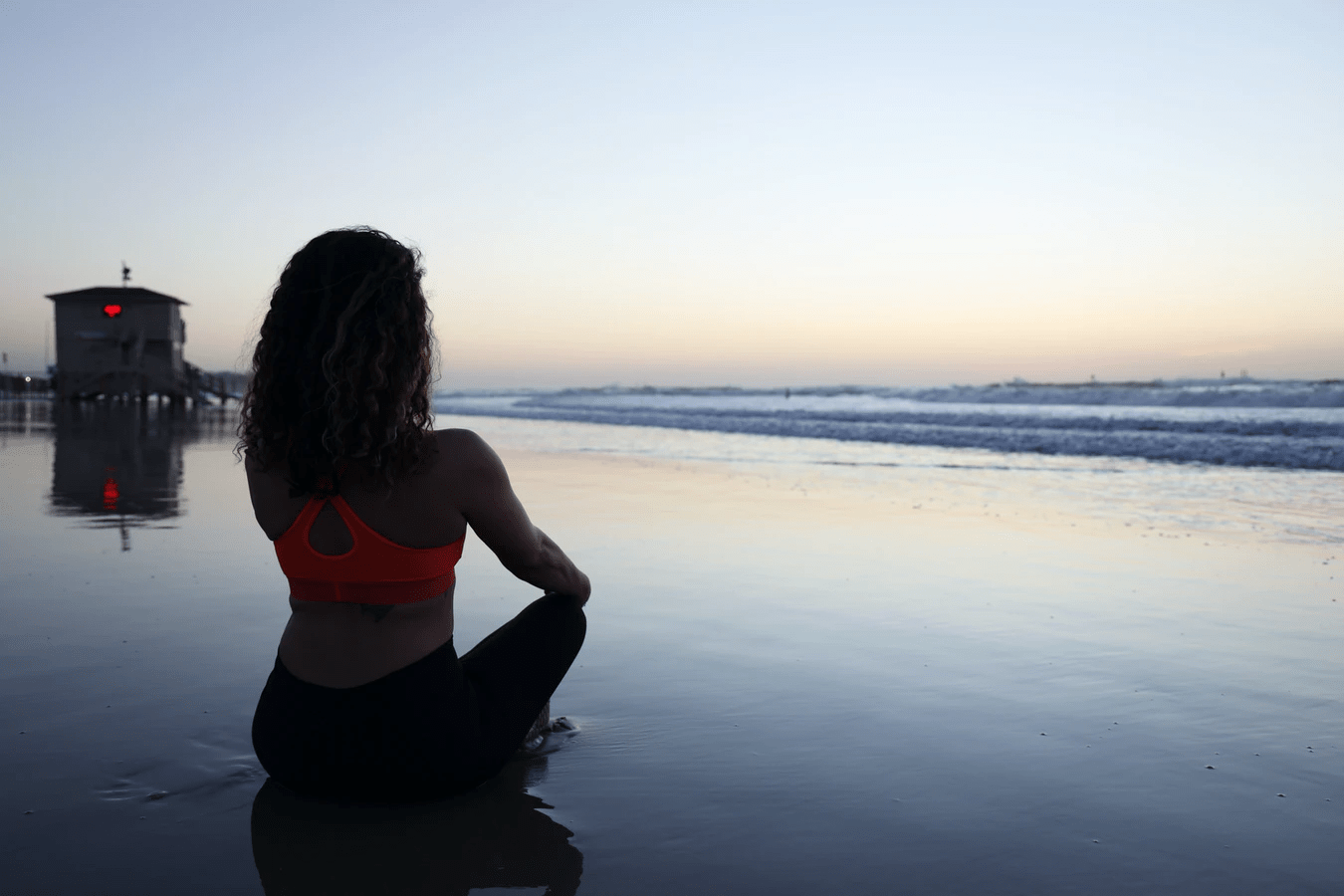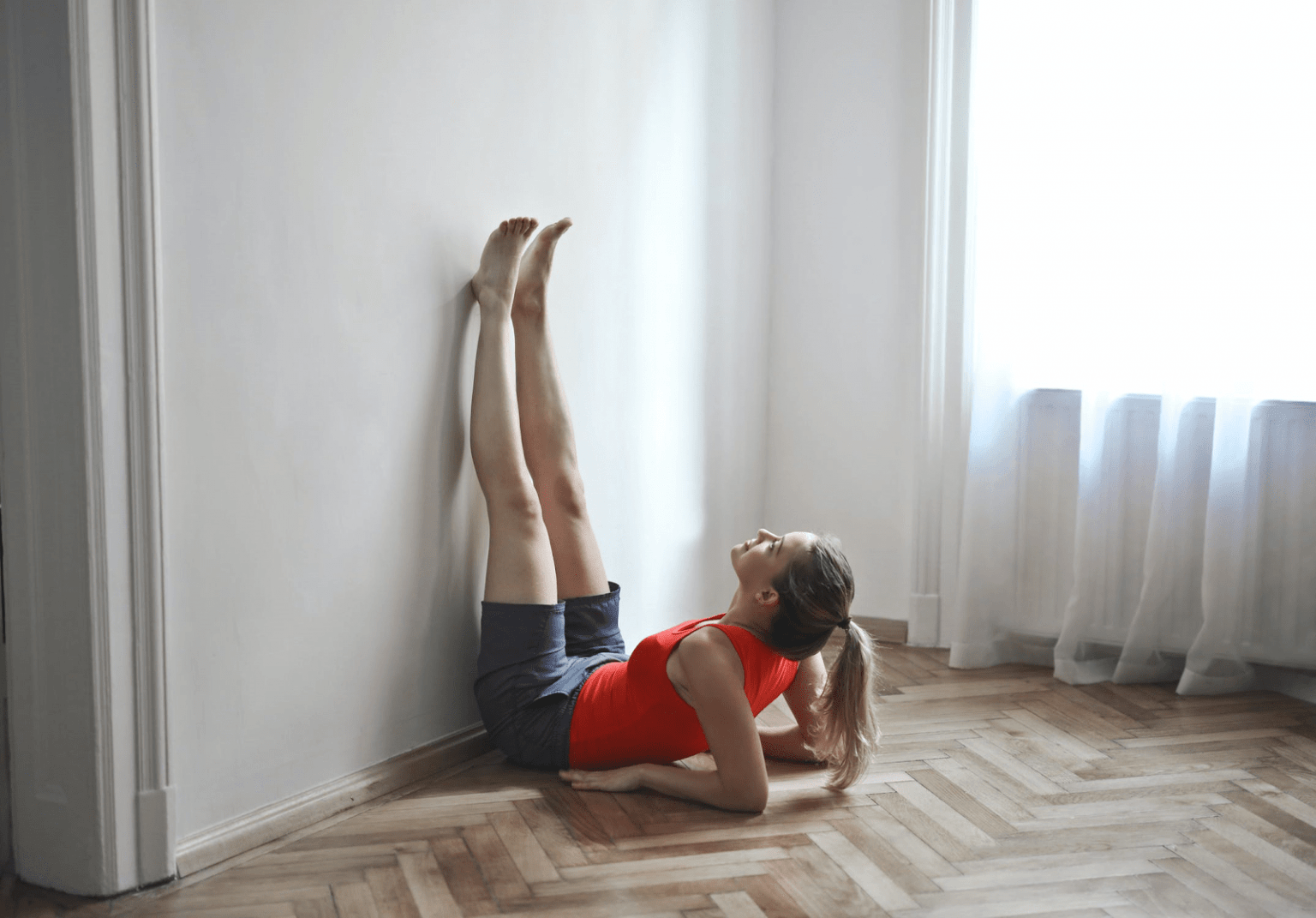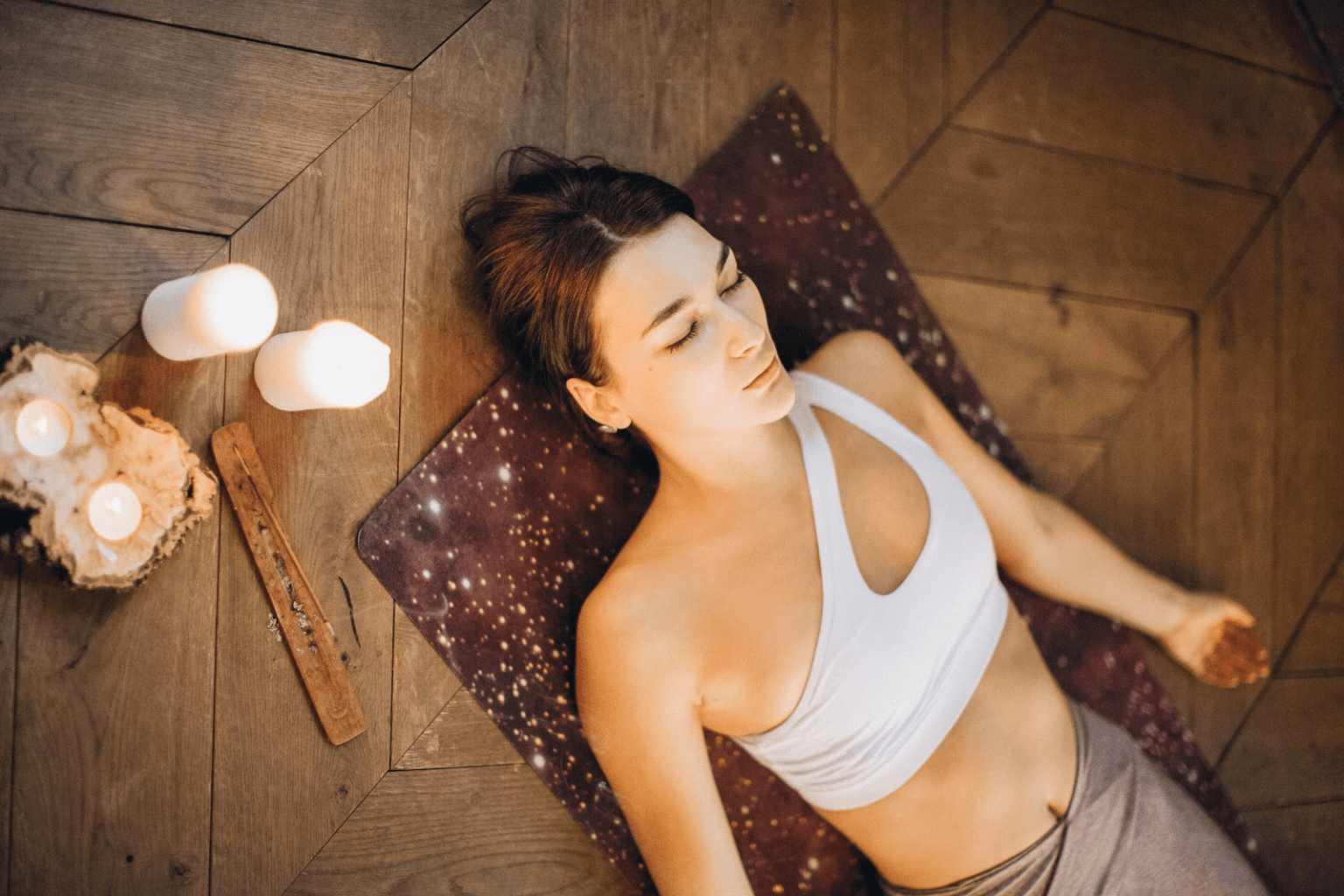Yoga. The art of combining culture, tradition and exercise. The practice of yoga has spread over the planet like a slow and steady flame warming everything that it touches. Yoga has not only existed in our society over the centuries but has also been praised by so many in the world. Yoga offers an unique mix of balancing physical fitness with mental and spiritual wellbeing.
Still, it can be daunting to look at the multitude of complicated-looking yoga postures in existence. You may end up questioning if you are capable of starting this journey. But yoga, thankfully, is for everybody. From yoga designed for pregnant women to yoga which appeals to the typical gym enthusiast, there is something that suits everyone. If you are searching for the type of yoga that is both self-paced and effective, restorative yoga might just be the thing for you.
Restorative yoga brings to you a series of patient and beneficial postures that you can easily practice after a tough day at school or work. If you are someone with a packed schedule, then rest assured, because you can easily fit a few restorative yoga poses somewhere in between.
What is Restorative Yoga?
Restorative yoga, in particular, is the type of yoga that primarily focuses on the soundness of the mind. Restorative yoga sequences usually consist of a few relaxing poses spread over a longer period. Restorative yoga focuses on easing your body by slowing it down through positive stretches that consist of easy folds and light twists.
All the restorative yoga poses are supported by props such as blankets and bolsters. Thus, it is very different from active, dynamic yoga. Restorative yoga is a form of passive exercise, designed to make you aware of your body and all the peace it holds inside. It is a practice of silence and stillness.
The Science Behind Restorative Yoga
Don’t take restorative yoga at its physical face value. There is actual, well-thought science behind restorative yoga. It is made to work in such a way that your nervous system submits to relaxation. The gentle poses along with the focus on your breath activate your parasympathetic nervous system which brings with it a sense of calmness.
Through this, you can access the harmony that exists in your core, which is often forgotten in our hectic lives. The science behind restorative yoga is that it works through your body to open up your mind and makes you experience the kind of focus you didn’t know you were capable of. You can also contact Chiropractor for the safe treatment.
Benefits of Restorative Yoga
There are endless benefits of restorative yoga, physical and spiritual, whichever may appeal to you. From short-term positive effects to reinforce your mind to long-term advantages, restorative yoga has a lot to offer. If you are still confused about choosing this route, here is a list of a few benefits of restorative yoga which may help make up your mind.
 Restorative Yoga
Restorative Yoga- Yoga is a very well-known stressbuster. So many of our bodily symptoms are actually signs of emotional stress. Restorative yoga targets your nervous system to eliminate all those little distressing factors which send it into overdrive. In doing so, it ends up improving your overall body health.
- It helps to boost your immunity by supporting your immune system. The best restorative yoga poses increase the healing prowess of your body by manipulating it into relaxation. This regulates the inflammatory response, improves circulation, relieves sinus pressure and can even help in faster relief from the common cold.
- It builds your flexibility over time. Since restorative yoga consists of supported poses, you are able to hold your stretches for longer periods. Through relaxation, all the tight spots in your body soften themselves, making it easier to bend in certain ways. Restorative yoga goes at a slower pace and hence, you have much fewer chances of injuring yourself.
- It actually helps in preventing type 2 diabetes by eliminating various risk factors, like reducing blood glucose levels and body fat. This also helps promote a healthy lifestyle which can protect against a variety of other conditions.
- It can provide great support to women who are living with breast cancer. Breast cancer is the type of cancer to which women are most susceptible. Research has shown that restorative yoga helps improve the fatigue levels in breast cancer patients as well as boosts their emotional wellbeing.
- It is an excellent practice of mindfulness. Restorative yoga guides you to focus on your inner self and become aware of the existence of your mind and soul over external stimuli. It teaches you how to tune out stressful surroundings in your daily life and instead focus on maintaining inner peace.
Best Restorative Yoga Poses
Now that you know all about why you should give restorative yoga a try, you may not know where to get started. Though restorative yoga, in general, is a gentle practice, there are a few poses which might build your confidence and encourage you to dip your toes in the water. Here are five of the best restorative yoga poses to begin with:
1. Supported Child’s Pose (Salamba Balasana)
What you’re seeing above is an ordinary child’s pose where one is sitting on the heels with knees wide apart, leaning forward until the body is between the thighs. In restorative yoga, this is made easier by place a bolster under you. This bolster is resting on an incline, with a support under the middle and top parts respectively. Then, you assume the normal child’s pose around this bolster so you can fully relax with your head sideways on it.
 Restorative Yoga Poses
Restorative Yoga PosesYou can put blankets under your arms for support as well. After a few minutes, turn your head on the other side. Do the supported child’s pose for at least five minutes. After you are done, move the bolster and stretch your legs in front of you.
2. Supported Seated Forward Fold (Paschimottanasana)
The image above is a normal seated forward fold without any support. In restorative yoga, extra support is added. First, assume a staff pose on a mat with your legs stretched straight in front of you. Bend your knees slightly to place a rolled blanket underneath.
 Restorative Yoga Poses
Restorative Yoga PosesPlace another bolster on your thighs and fold yourself slowly and gently along the bolster. Turn sideways at the hips while keeping your spine straight till your belly lining against the edge of the bolster. Maintain the position somewhere between five to ten minutes. Inhale deeply into your core.
3. Seated Cat Cow Pose (Upavistha Bitilasana Marjarysana)
This is one of the basic yoga poses that is a part of even the most dynamic styles but restorative yoga adds a slight twist to it. In the seated version of the cat cow pose, sit with your spine straight on a mat with your legs crossed and put your hands on your knees.
 Restorative Yoga Poses
Restorative Yoga PosesInhale as you arch your back, leaning your bosom forward lightly, and looking up. Then, exhale as you round your back and hold onto your knees with arms stretched downwards like a slope. Look at your navel as you do this. Repeat this sequence a few times while controlling your breathing.
4. Supported Legs Up The Wall (Viparita Karani)
Above is a normal legs up the wall pose. In restorative yoga, place a folded blanket on a mat underneath you and place a bolster a few inches from the wall. Then, sit on the floor facing the wall with one hip on each end of the bolster.
 Restorative Yoga Poses
Restorative Yoga PosesThen, lie down sideways before moving on your back completely. Now, shift forwards slowly until your tailbone is off the edge of the bolster. Find a comfortable position for your arms to touch the floor, breathe and relax.
5. Side-Lying Corpse Pose (Savasana)
Ah, the famous relaxing pose that actually has many surprising benefits. A usual savasana has you lying on your back with minimal support. Restorative yoga can make the already relaxing savasana even more relaxing with one of its versions. Lie down on your right side, placing a comfortable folded blanket under your head.
 Restorative Yoga Poses
Restorative Yoga PosesStretch your right arm outwards in the direction away from you. Place one bolster between your legs in such a way that it is placed from your between your mid-thighs or knees to your ankles. Place a second bolster in front of your belly and drape your left arm over it. Then, maintain the pose for around ten to twenty minutes and feel the immense satisfaction you have gathered through the entirety of your yoga routine.
Practicing Restorative Yoga
Remember that the key to leading a healthy lifestyle is putting in some efforts daily. So, don’t jump headfirst into restorative yoga and leaving it in a few days when you get overwhelmed. As easy as it may seem, restorative yoga needs the hardest discipline of all: patience. You need to listen to your body and only do as much as it can at the moment. Knowing your limits and adhering to them is also an art. When you know your limits, you give yourself the time and patience to slowly get past them, step by step.
So, get out your yoga mat and get started with a few simple poses, while reminding yourself that this isn’t a competition, but a journey. Slow and steady wins the only race that matters: the one where you grow from the person you were yesterday.
Also Read: Specialized Yoga For Migraine Problem

